The sky has always been a realm of wonder and majesty, where birds of prey reign supreme with their impressive wingspans and hunting prowess. Among these aerial predators, certain raptors stand out for their extraordinary wing dimensions, evolutionary adaptations that enable them to soar, hunt, and migrate with remarkable efficiency. From the remote Andean mountains to the vast Arctic tundra, these birds have developed wingspans that defy imagination, allowing them to claim territories spanning thousands of miles and dive at speeds that would make engineers envious. In this exploration of nature’s aeronautical marvels, we’ll encounter ten raptors whose wings have broken records and captured human fascination for centuries.
The Andean Condor: South America’s Sky Giant
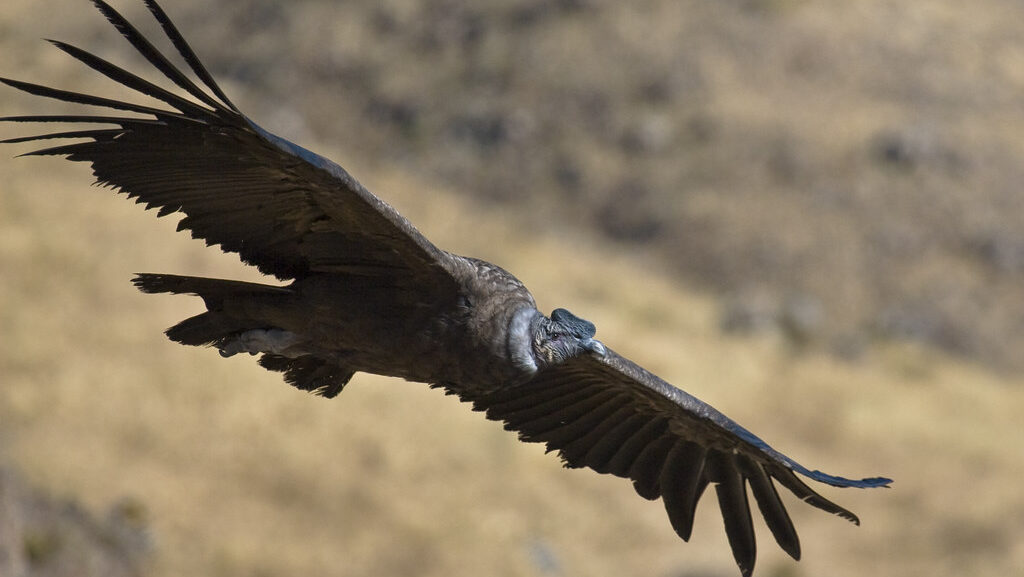
Soaring above the Andean mountains with wings that can span up to 10.5 feet (3.2 meters), the Andean Condor (Vultur gryphus) holds the distinction of having the largest wingspan of any raptor in the Americas. These massive scavengers use their impressive wings to ride thermal updrafts with minimal effort, sometimes gliding for hours without a single wing flap—a remarkable energy conservation strategy for a bird that can weigh up to 33 pounds. Their wingspan isn’t just for show; it allows them to patrol vast territories spanning hundreds of square miles in search of carrion, their primary food source. The distinctive white ruff around their necks contrasts sharply with their glossy black plumage, making them recognizable even from great distances as they patrol the mountain skies.
The Wandering Albatross: Oceanic Record-Holder
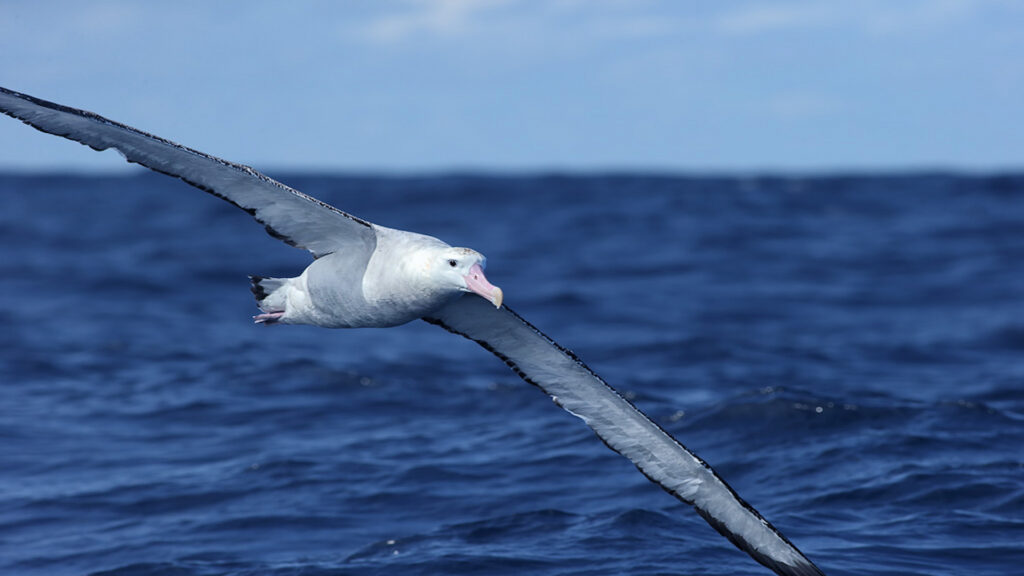
While technically not a raptor, the Wandering Albatross (Diomedea exulans) deserves special mention for possessing the largest wingspan of any living bird, measuring an astonishing 11 feet (3.4 meters) from tip to tip. These pelagic wanderers spend most of their lives in flight above the Southern Ocean, using their remarkable wings to harness the power of dynamic soaring—a technique that allows them to travel thousands of miles with minimal energy expenditure. Scientists have tracked individual albatrosses circumnavigating the entire Antarctic region in just 46 days, covering distances of over 8,500 miles without ever touching land. Their impressive wings come with longevity to match; Wandering Albatrosses can live for over 60 years, with some individuals documented traveling more than 3.7 million miles in their lifetime—equivalent to flying to the moon and back eight times.
The California Condor: A Conservation Success Story
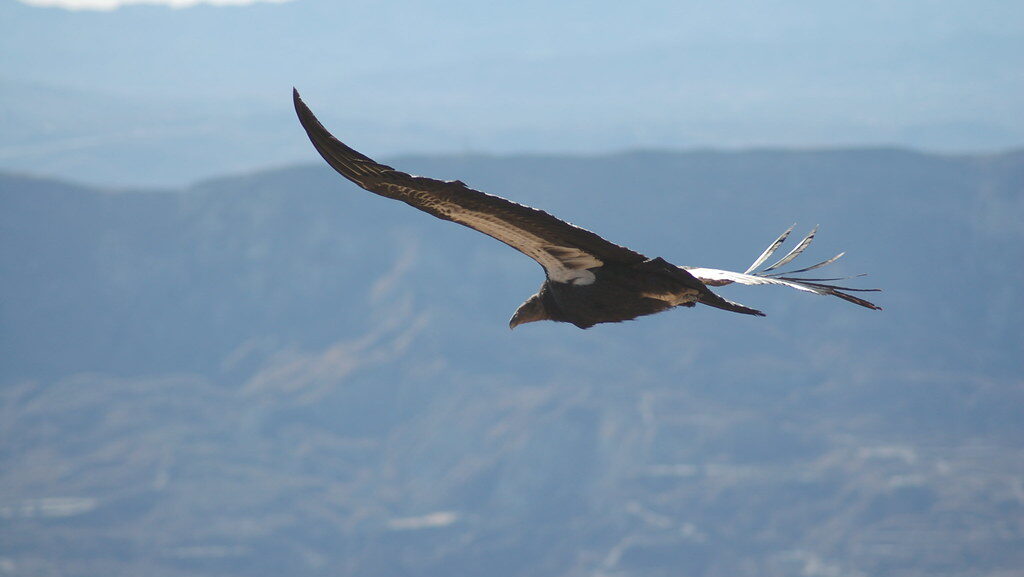
With a wingspan reaching 9.8 feet (3 meters), the California Condor (Gymnogyps californianus) stands as North America’s largest flying land bird and a testament to conservation resilience. These magnificent birds once faced extinction, with only 22 individuals remaining in the wild by 1987, before a captive breeding program helped bring them back from the brink. Their massive wings enable them to soar at altitudes of up to 15,000 feet while scanning vast landscapes for carrion with their keen eyesight. Unlike most birds, California Condors lack a syrinx (voice box) and communicate primarily through hisses and grunts, relying instead on their imposing presence and wingspan for social signaling. Today, with over 300 birds in the wild, their recovery represents one of conservation’s most hard-won victories, though they remain critically endangered and face ongoing threats from lead poisoning and habitat loss.
The Cinereous Vulture: Eurasia’s Heavyweight Champion
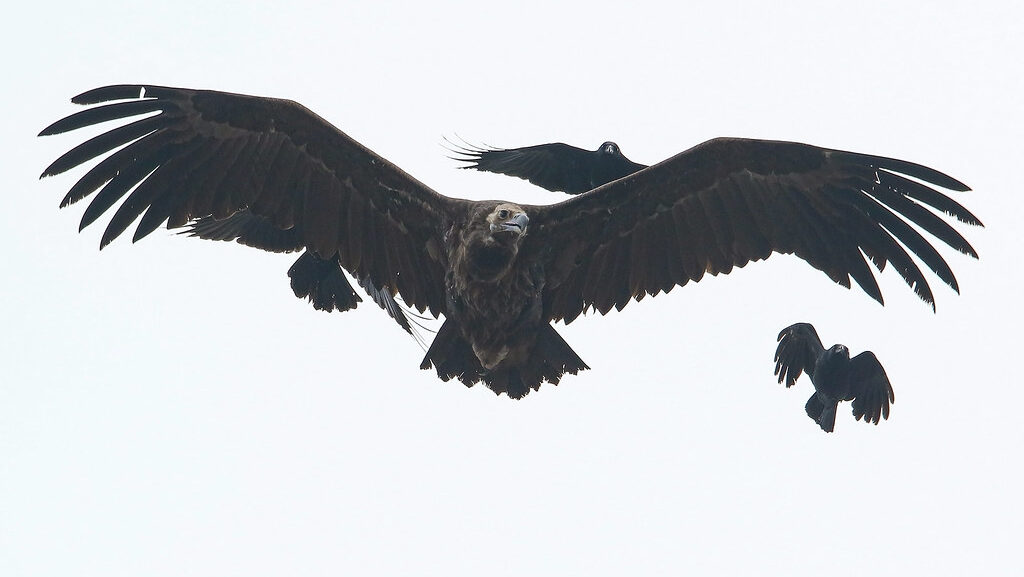
Dominating the skies of Eurasia from the Iberian Peninsula to Mongolia, the Cinereous Vulture (Aegypius monachus) boasts a wingspan of up to 9.5 feet (2.9 meters), making it one of the largest Old World vultures. Also known as the Black Vulture or Monk Vulture, these imposing birds can weigh up to 31 pounds, requiring their extensive wingspans to generate sufficient lift for their heavy bodies. Their wings feature distinctive “fingered” tips that allow for precise aerial maneuvering despite their size, an adaptation that helps them navigate mountain thermals and compete with other scavengers for access to carcasses. Cinereous Vultures use their powerful wings not just for flight but also for intimidation displays at feeding sites, where they can dominate smaller vulture species through sheer size advantage. These vultures are experiencing population declines throughout much of their range, making conservation efforts increasingly important for their survival.
The Stellar’s Sea Eagle: Arctic Ocean Specialist
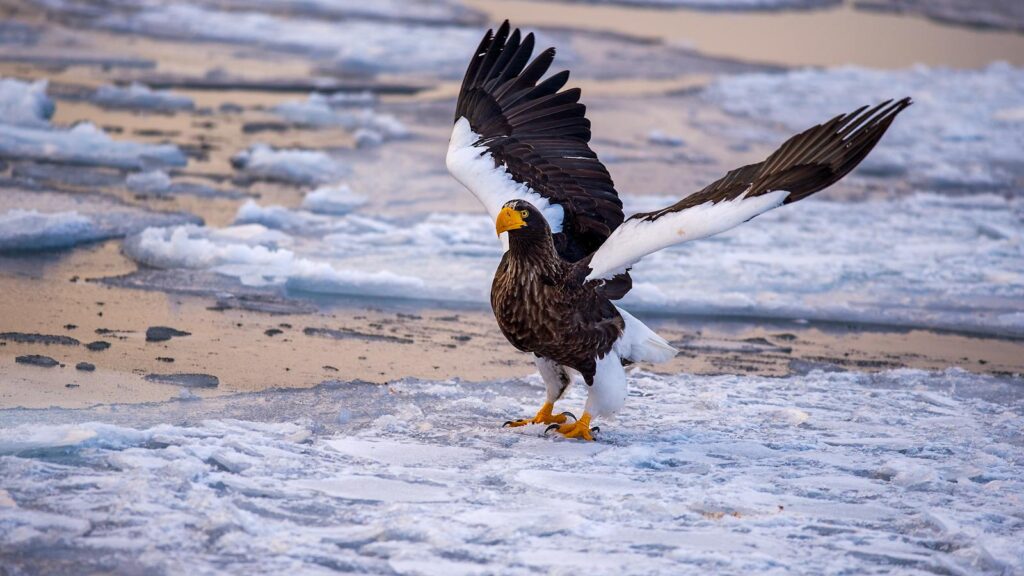
The Steller’s Sea Eagle (Haliaeetus pelagicus) commands attention with its wingspan of up to 8.2 feet (2.5 meters) and distinctive white shoulders contrasting against coal-black plumage. Native to coastal northeastern Asia, particularly Russia’s Kamchatka Peninsula, these eagles are specialized fish hunters and among the heaviest eagles in the world, weighing up to 20 pounds. Their enormous wings provide the power needed to pluck large salmon from frigid waters, while their massive yellow beaks—the largest of any eagle—can tear through tough fish skin with ease. During winter migrations, their impressive wingspan allows them to travel hundreds of miles along coastlines in search of open water where they can continue fishing despite harsh Arctic conditions. With fewer than 5,000 individuals remaining in the wild, Steller’s Sea Eagles face threats from industrial development, overfishing, and climate change that impacts their specialized coastal habitat.
The White-tailed Eagle: Europe’s Maritime Monarch
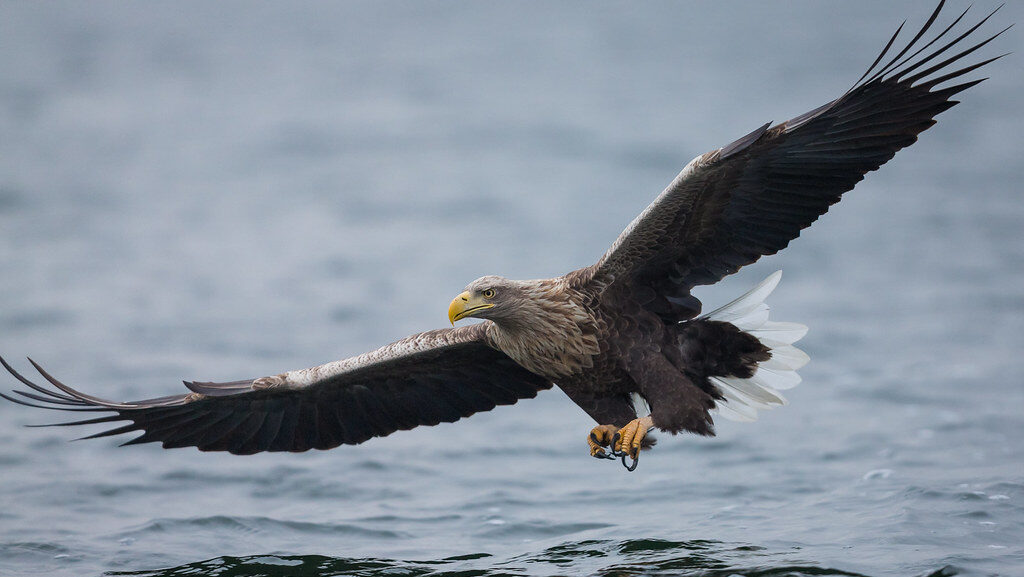
With a wingspan reaching 8 feet (2.4 meters), the White-tailed Eagle (Haliaeetus albicilla) reclaims its place as Europe’s largest eagle after having been driven to near-extinction in many parts of its range during the 20th century. These majestic birds, recognizable by their broad wings, wedge-shaped tails, and pale heads, have benefited from protection measures and reintroduction programs that have helped their populations recover across northern Europe. Their impressive wings allow them to patrol coastal areas, lakes, and rivers, where they hunt fish, waterfowl, and occasionally small mammals, sometimes even stealing catches from other predators through aerial pursuit. White-tailed Eagles mate for life and often use the same nesting sites for generations, building enormous stick nests that can reach 6 feet in diameter and weigh hundreds of pounds—structures that require significant wingspan to maneuver materials into place. They represent one of conservation’s most encouraging comeback stories, with populations now expanding in countries where they were once extirpated.
The Martial Eagle: Africa’s Aerial Predator
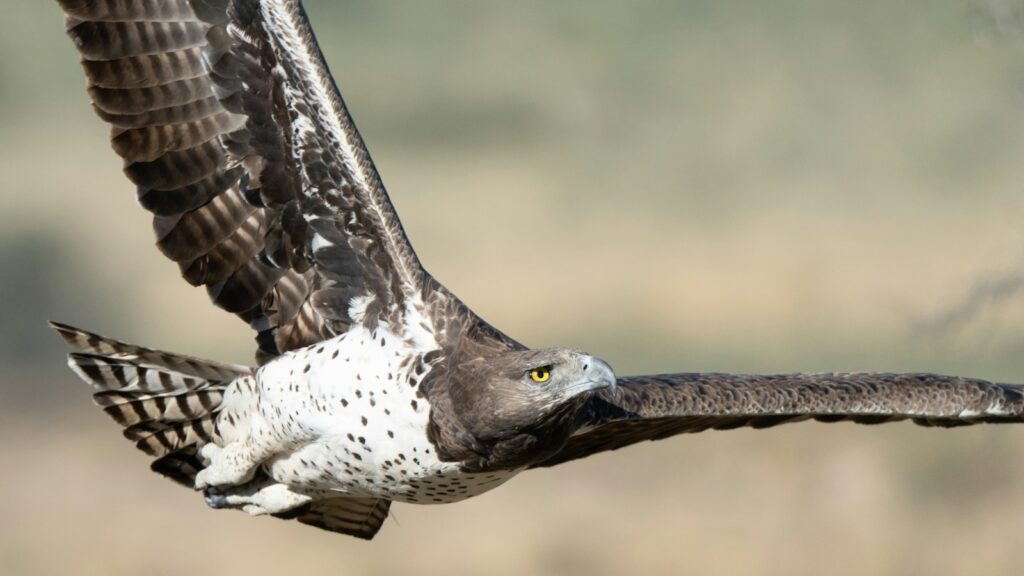
Africa’s largest eagle, the Martial Eagle (Polemaetus bellicosus), commands the savanna skies with a wingspan of up to 8.5 feet (2.6 meters), combining impressive dimensions with extraordinary hunting ability. These powerful predators can take down prey as large as small antelopes and young gazelles, using their wings to generate tremendous speed and force during hunting stoops. Their wingspan provides the surface area needed to soar effortlessly on thermal currents for hours, allowing them to patrol territories that can exceed 100 square miles in search of prey. Unlike many raptors that hunt in specific habitats, Martial Eagles’ adaptable hunting strategies and impressive wingspan enable them to thrive across diverse landscapes from open grasslands to woodland edges. Unfortunately, these magnificent birds are experiencing rapid population declines across much of Africa due to habitat loss, persecution by farmers who fear for their livestock, and electrocution on power lines—making conservation efforts increasingly urgent.
The Bearded Vulture: The Bone-Breaking Specialist
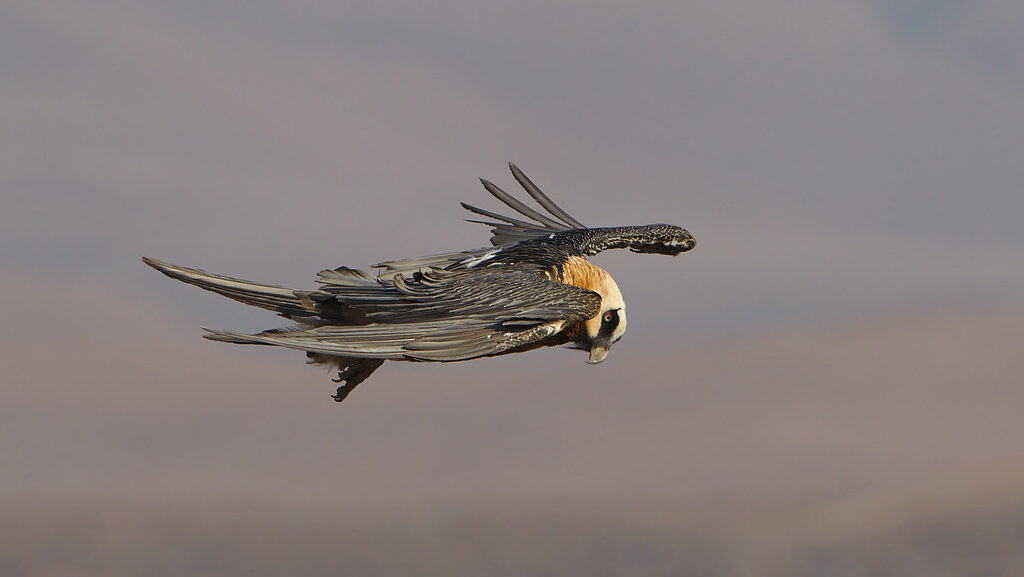
With a wingspan of up to 9.3 feet (2.8 meters), the Bearded Vulture (Gypaetus barbatus) stands out not just for its impressive dimensions but for its unique dietary specialization—it derives 70-90% of its diet from bones. Also known as the Lammergeier, these distinctive vultures use their massive wings to carry large bones high into the air, then drop them onto rocky surfaces to shatter them and expose the nutritious marrow inside—a behavior requiring both precision flight and exceptional wingspan. Their striking appearance features rust-colored plumage (actually acquired by bathing in iron-rich soils) and a distinctive black “beard” of feathers beneath their bill. The Bearded Vulture’s impressive wingspan enables it to patrol vast mountainous territories across Europe, Asia, and Africa, riding updrafts along cliff faces where they build their nests in nearly inaccessible cavities. Once widespread across European mountain ranges, they are now the focus of intensive reintroduction efforts in the Alps and Pyrenees after being driven to regional extinction.
The Philippine Eagle: Endangered Forest Giant
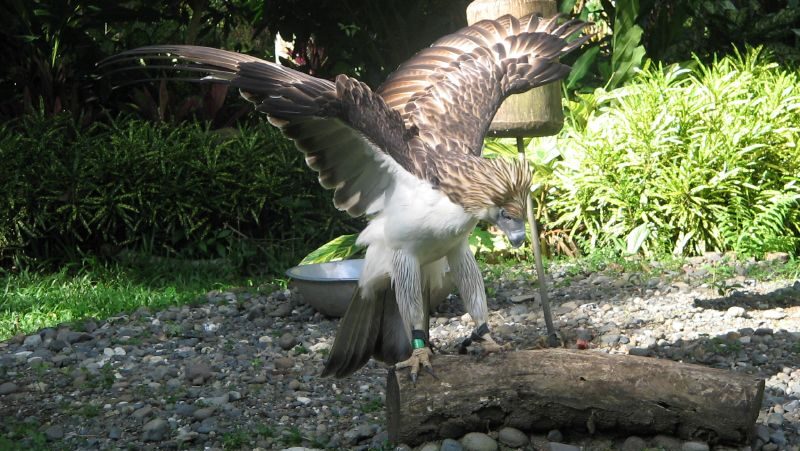
Among the world’s largest and most powerful eagles, the critically endangered Philippine Eagle (Pithecophaga jefferyi) possesses a wingspan reaching 7.5 feet (2.3 meters)—particularly impressive considering its forest habitat where maneuverability is essential. With fewer than 400 breeding pairs remaining in the wild, these majestic birds are endemic to just four islands in the Philippines, where they serve as the national bird and a symbol of conservation urgency. Their expansive wings, combined with a distinctive crest of long, spiky feathers, make them unmistakable as they navigate through dense forest canopies in pursuit of their prey, which includes monkeys, flying lemurs, and other arboreal mammals. Philippine Eagles mate for life and raise only one chick every two years, making population recovery particularly challenging when faced with ongoing deforestation that has claimed more than 90% of their original habitat. Each pair requires up to 40 square miles of undisturbed forest to sustain themselves—territory they patrol with their impressive wingspans.
The Harpy Eagle: Rainforest Apex Predator
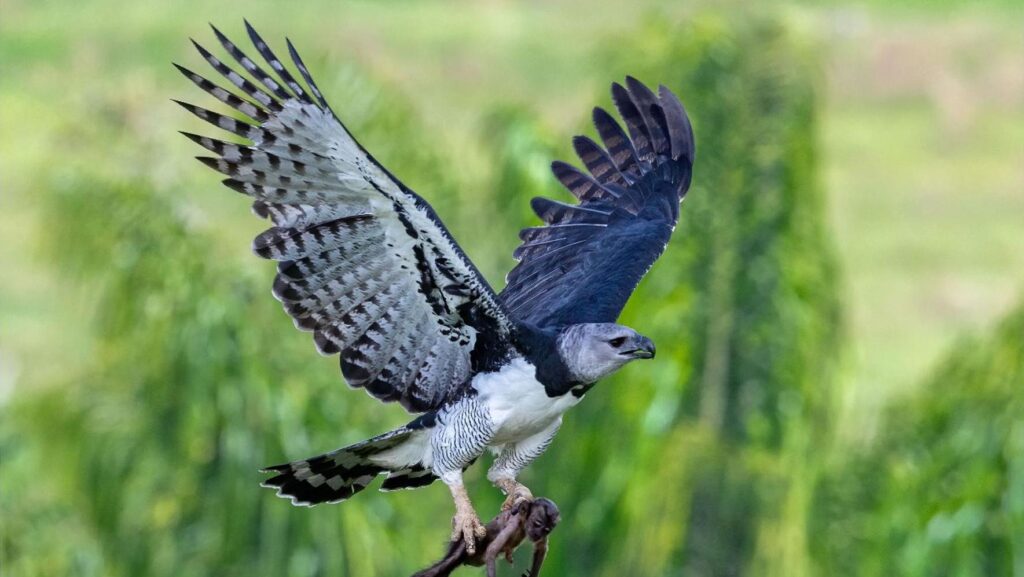
The Harpy Eagle (Harpia harpyja) combines a wingspan of up to 7.5 feet (2.3 meters) with the largest talons of any living eagle—rear talons measuring 5 inches that exert hundreds of pounds of pressure per square inch. These forest giants inhabit the rainforest canopies of Central and South America, where their relatively broad wings and short tails provide the perfect combination for maneuvering through trees while maintaining the power needed to capture prey weighing up to 17 pounds. Their distinctive appearance features a gray-and-white color pattern and a dramatic double crest of feathers that can be raised when the bird is alert or agitated. Despite their impressive wingspan, Harpy Eagles are ambush hunters rather than soarers, using their powerful wings for quick bursts of speed to capture monkeys and sloths directly from tree branches. As rainforest fragmentation continues across their range, these magnificent birds face increasing pressure, with some populations already extirpated from parts of Central America where they once thrived.
Extra: The Lappet-faced Vulture: Africa’s Dominant Scavenger
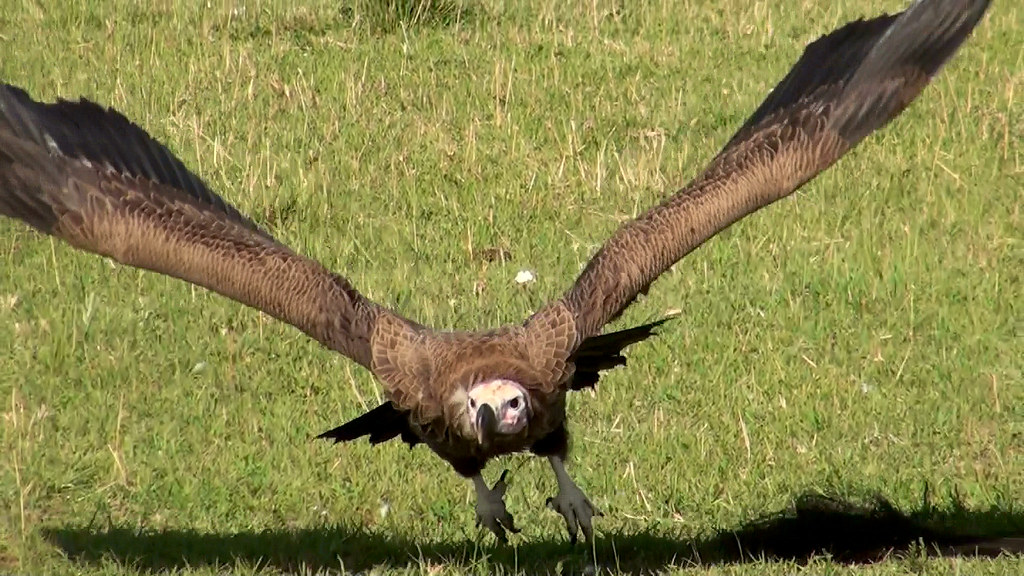
With a wingspan reaching 9.8 feet (3 meters), the Lappet-faced Vulture (Torgos tracheliotos) commands respect at carcasses across the African savanna, where its size and aggression allow it to dominate other vulture species. These imposing birds use their massive wings not just for soaring efficiency but also for thermoregulation in the African heat, extending them to catch cooling breezes while perched. Their name comes from the distinctive folds of skin (lappets) on their bare, red-hued faces, which contrast dramatically with their dark plumage and white thighs. Unlike many vulture species that wait for larger scavengers to open carcasses, Lappet-faced Vultures have powerful beaks capable of tearing through tough hides, making them often the first to access fresh carrion and crucial ecosystem engineers. Once common across Africa and parts of the Middle East, these vultures have experienced catastrophic population declines of over 80% in some regions due to poisoning (both intentional and incidental), habitat loss, and the wildlife trafficking of their body parts for traditional medicine.
The Evolutionary Advantages of Record-Breaking Wingspans
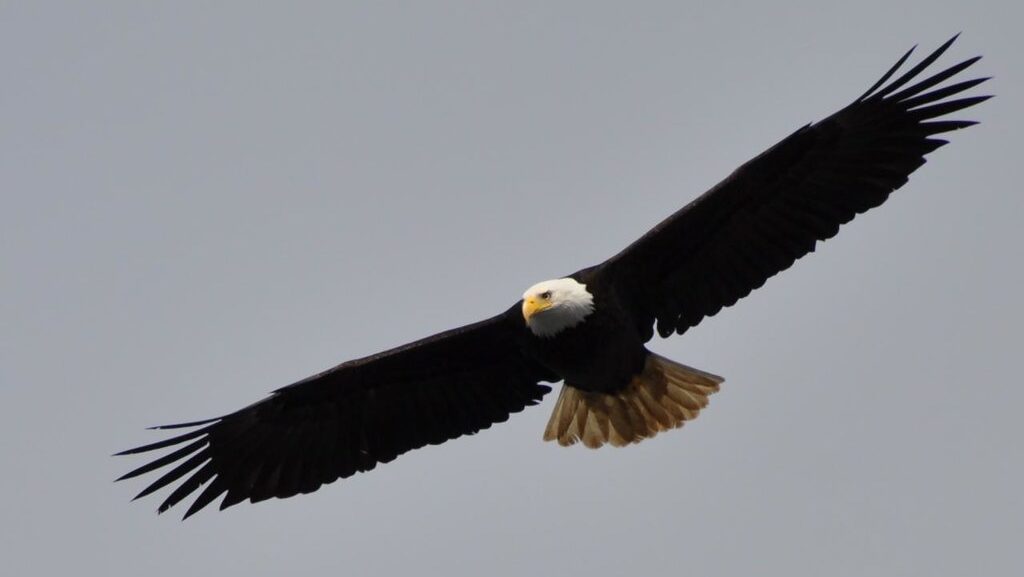
The extraordinary wingspans of these raptors represent millions of years of evolutionary refinement, each adapting to specific ecological niches and hunting strategies. For soaring specialists like condors and vultures, larger wings create greater lift-to-drag ratios, allowing them to ride thermal updrafts with minimal energy expenditure—crucial for birds that may patrol hundreds of miles daily in search of unpredictable food sources. For active hunters like eagles, wingspan balances the need for soaring efficiency with maneuverability requirements, with forest eagles typically having proportionally shorter, broader wings than their open-country counterparts. Wing loading—the ratio of body mass to wing area—plays a crucial role in determining flight capabilities, with lower wing loading enabling more efficient gliding but potentially reducing speed and maneuverability in certain hunting scenarios. These adaptations demonstrate natural selection’s remarkable capacity to engineer flying machines far more sophisticated than any human aircraft, with wings that can self-repair, adjust shape during flight, and last for decades of continuous use.
Conclusion
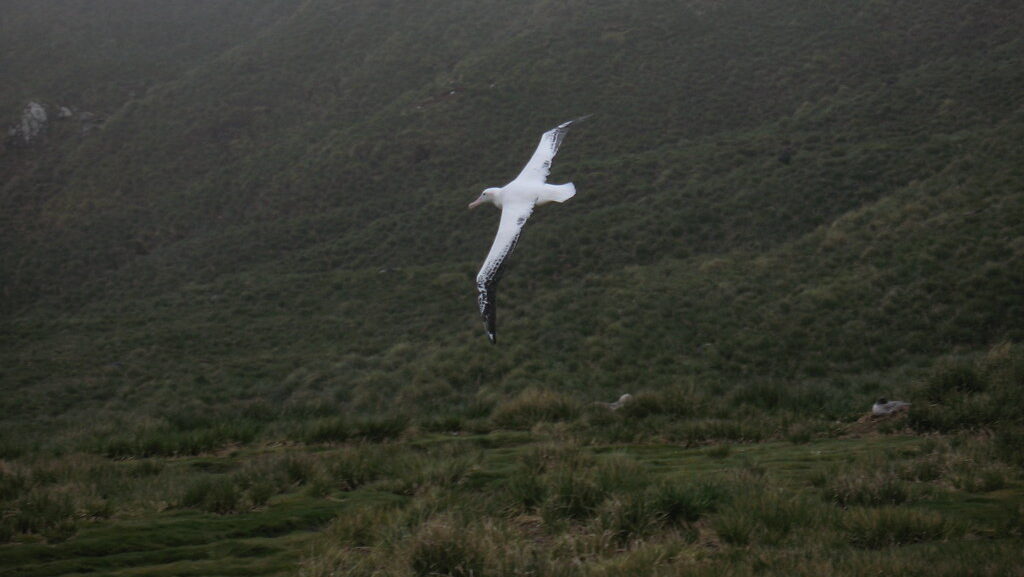
Nature’s most impressive aerial predators remind us of the extraordinary adaptations that can evolve given time and ecological pressure. These ten record-breaking raptors, with wingspans that inspire awe and hunting abilities refined over millions of years, represent some of the most successful evolutionary designs on our planet. Yet many face uncertain futures as human activities increasingly encroach on their habitats and introduce new threats like poisoning, electrocution, and climate change. As we marvel at these winged wonders—from the 11-foot span of the Wandering Albatross to the forest-adapted wings of the Harpy Eagle—we must also recognize our responsibility to ensure their continued survival. Their massive wings have carried them through countless generations; our conservation efforts must now help carry them into the future.
